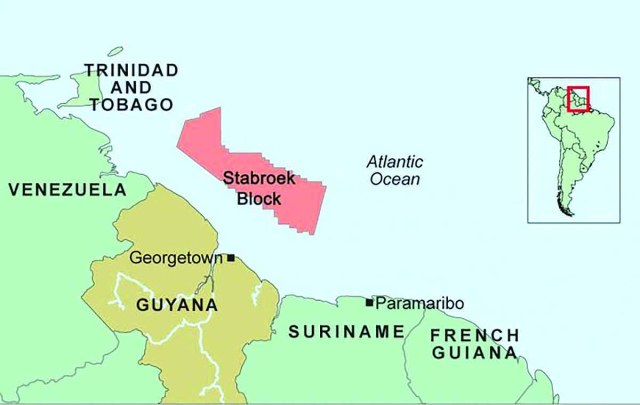…Guyana secures 93% increase on premium per barrel
The Government has selected British firms BB Energy Trading Limited and JE Energy to market crude oil from the Liza Unity, Prosperity, and Destiny Floating Production Storage and Offloading (FPSO) vessels, with contracts lasting 12 months starting in 2024. Both companies had previously marketed Guyana’s oil in 2023-2024. The Natural Resources Ministry highlighted the transparency of the bidding process, with the Government securing a US$1.85 premium per barrel, a 93 per cent increase from the previous year.
Both BB Energy and JE Energy are familiar faces in Guyana, since they are the two companies that previously marketed Guyana’s crude from 2023-2024. In the statement, the Ministry also affirmed the transparent process that underlined the entire process.
“The international firms have been selected, following a competitive procurement process that commenced in September 2024 and saw twenty-seven (27) bids being submitted to NPTAB (National Procurement and Tender Administration Board).

In keeping with the Request for Bids, the evaluation was on a lot’s basis where the most substantially responsive bidder in relation to the combined lots was determined in keeping with the evaluation criteria,” the Ministry said.
The combined lots referred to by the Natural Resources Ministry, were outlined last month when the tender was issued. The bidding process was divided into several lots: Lot 1: Liza Destiny FPSO Vessel; Lot 2: Liza Unity FPSO Vessel; Lot 3: Payara Prosperity FPSO Vessel; Lot 4: Any two (2) Lots combined; Lot 5: Combined Lots One, Two and Three. According to the Ministry, the Government will be receiving a combined US$1.85 premium per barrel for the sale of the crude oil.
“The combined premium per barrel to be received by the Government of Guyana from these two companies for the crudes from these three FPSOs amounts to US$1.85, reflecting a substantial 93 per cent increase compared to the US$0.96 premium secured in the previous period (2023-2024),” the Ministry said.
Guyana, with US oil giant ExxonMobil as the operator, began producing oil on December 20, 2019, in the Stabroek Block. Guyana’s oil revenues are being held in the Natural Resource Fund (NRF) at the New York Federal Reserve Bank, where it is earning interest.

For the first half of 2024, Guyana produced 113.5 million barrels of oil, and with increased production from the Prosperity FPSO vessel, it is expected that production would cross the 220-million-barrel threshold by year-end.
Exxon, through its local subsidiary Esso Exploration Production Guyana Limited (EEPGL), is the operator of the Stabroek Block, and holds 45 per cent interest in the block. Hess Guyana Exploration Ltd holds 30 per cent interest, and CNOOC Petroleum Guyana Limited, a wholly-owned subsidiary of CNOOC Limited, holds the remaining 25 per cent interest.
The Liza Phases One and Two and Payara Projects, all of which combined are producing over 600,000 barrels of oil per day, account for the three FPSO vessels operating in Guyana’s Stabroek Block in waters offshore.
Exxon is also undertaking the Yellowtail Project (where ongoing installation activities are expected to be concluded in September) in the oil-rich Stabroek block. It is estimated that when the Yellowtail development project comes on stream, production will climb to 810,000 barrels per day (bpd). Exxon has already received approvals for, and is advancing preparatory works on, its fifth and sixth projects, Uaru and Whiptail.
The Whiptail project would see Guyana producing just over 1.2 million barrels of oil per day by 2027. In addition to at least these six projects offshore Guyana, which Exxon anticipates would be online by 2027, Exxon is also eyeing the possibility of having 10 FPSOs being operational by 2030.
ExxonMobil’s seventh development in Guyana’s waters, dubbed the Hammerhead development, would feature up to 30 wells. It is targeting a 2029 start-up, according to documents submitted to the Environmental Protection Agency (EPA), where it awaits approval. (G3)
Discover more from Guyana Times
Subscribe to get the latest posts sent to your email.













